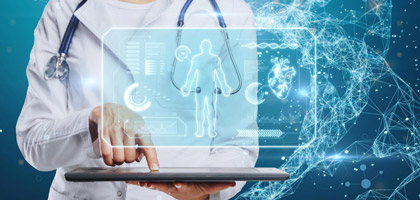
Blog
This Month in Healthcare IT: Remarkable News in January
Healthcare IT is a life-saving sector ensuring the digitalization of the overall healthcare industry to deliver more focused patient care and healthcare services. This sector involves different healthcare information technologies like Electronic Health Records (EHRs), Hospital Information System (HIS), Personal Health Record (PHR) and electronic prescription (e-Prescription) systems, supporting healthcare professionals, providers and patients by improving healthcare delivery, streamlining workflows, reducing manual errors to make better decisions and empowering patient engagement.
For the adoption of healthcare information technologies, it is crucial to keep abreast of the latest advancements in the healthcare IT industry and understand how they impact the ecosystem. As Tiga Healthcare Technologies, we continuously follow the healthcare IT ecosystem to deepen our domain expertise, strengthen our innovative products and inform all stakeholders in the industry.
By bringing the latest developments, regulations, reports and trends, this blog series is elaborated to enlighten healthcare professionals and authorities on the rapidly advancing and dynamic healthcare IT ecosystem.
Here are the top 11 news that have propelled impactful and sustained advancements in healthcare IT from January 2025:
1. The World Health Organization (WHO) released a draft report, ‘Advancing the Responsible Use of Digital Technologies in Global Health,’ for public comment.
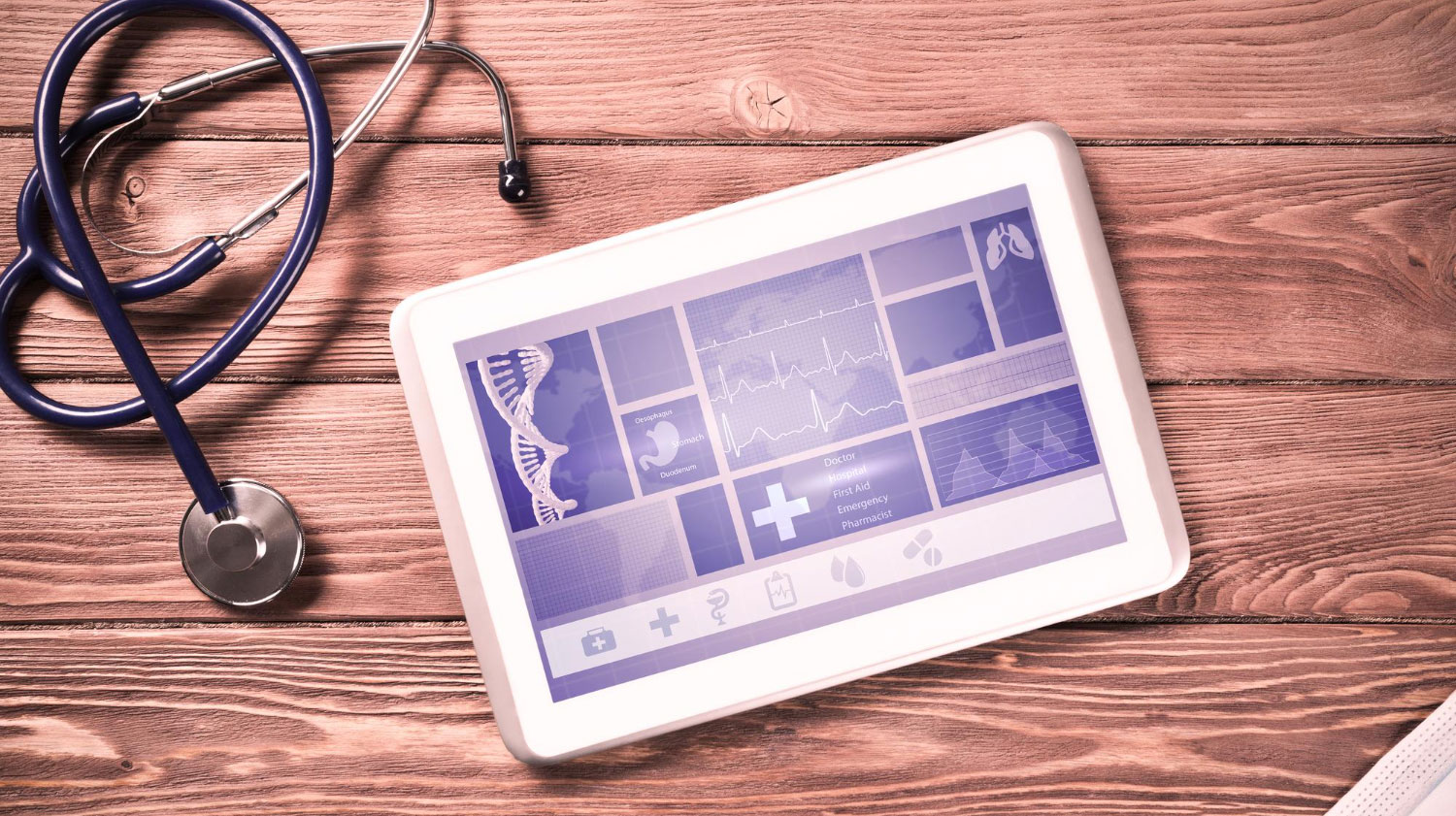
The WHO Science Council’s draft report, ‘Advancing the Responsible Use of Digital Technologies in Global Health,’ highlights the slower pace of adopting digital technologies in healthcare compared to other industries like transportation, finance and entertainment. With this emphasis, this report proposes nine strategies to accelerate and widen the beneficial use of digital tools in the healthcare landscape.
The report first mentions the main obstacles in the integration of digital technologies into the sector: Lack of interoperability, limited user-friendly tools, resistance to digital adoption, insufficient digital literacy programs and training, underinvestment in digital health systems, challenges in access to digital tools and lack of data about the effectiveness of digitalization. To address these issues, it recommends the adoption of a unifying approach, multi-stakeholder engagement in the development of digital health policies and services and realizing the vital role of AI-powered digital tools in disease prevention, accurate diagnoses and resilience to public health threats. Additionally, the importance of person-centered health through personal health records, training on digitalization for healthcare professionals, IT skills in the health workforce, strategic investments, private sector engagement and mechanisms for evaluating digital tools are emphasized. The draft report’s public commentary and feedback period was closed on January 29.
2. The European Commission published the European Action Plan on the Cybersecurity of Hospitals and Healthcare Providers.

The EU Action Plan developed by the European Commission aims to create a safer and more secure environment for patients. This new plan builds on existing legislation like the EU-wide legislation on cybersecurity and focuses on prevention, detection, impact mitigation and deterrence of cyber threats.
According to the plan, cyberattacks disrupt healthcare services, negatively affect patient safety and cause high recovery costs. Hence, the plan outlines key actions to strengthen the cybersecurity of hospitals and healthcare providers. The Commission suggests the establishment of a European Cybersecurity Support Centre under the European Union Agency for Cybersecurity (ENISA) to coordinate actions, share best practices and offer customized support. Additionally, simple cybersecurity measures such as multi-factor authentication and the creation of an EU-wide early warning subscription service and a European Known Exploited Vulnerabilities (KEV) catalogue for medical devices are proposed. Cyber incident response playbooks and expanding the repository of decryption tools are also recommended for rapid response and recovery. The EU Action Plan generally embraces a collaborative and preventive approach to enhance healthcare systems’ resilience against malicious activities and protect patients and service continuity.
Source: https://commission.europa.eu/news/bolstering-cybersecurity-healthcare-sector-2025-01-15_en
3. The Healthcare Information and Management Systems Society (HIMSS) announced the launch of its enhanced membership program, aiming at supporting healthcare professionals and organizations in digital transformation.

The HIMSS unveiled the HIMSS Membership Program which offers complimentary digital maturity assessment tools, professional development programs, exclusive educational resources and network opportunities with digital health experts.
Healthcare professionals and technology partners can connect and collaborate via the HIMSS Membership Program. This program allows HIMSS members to access research papers, studies, webinars, surveys, expert analyses and tools focusing on key trends and technologies while contributing to the significant themes like digital health transformation, AI and cybersecurity for transforming critical insights into actionable strategies. Furthermore, it provides skill-based training courses and professional development tools with the chance of earning HIMSS certifications which validate digital competencies and support career advancement. HIMSS organizational affiliate members can also receive complimentary assessment surveys using the HIMSS maturity models. The program’s another benefit is gathering members together to exchange ideas through various events. With its key benefits, the HIMSS Membership Program creates a united global community of healthcare professionals and technology innovators, revealing better patient outcomes, workforce development and operational efficiency.
4. The World Economic Forum (WEF) published a white paper, ‘Better Together: Building a Global Health Network Economy through Data Collaboration,’ sharing a transformative approach to solve healthcare challenges through collaboration and innovation.
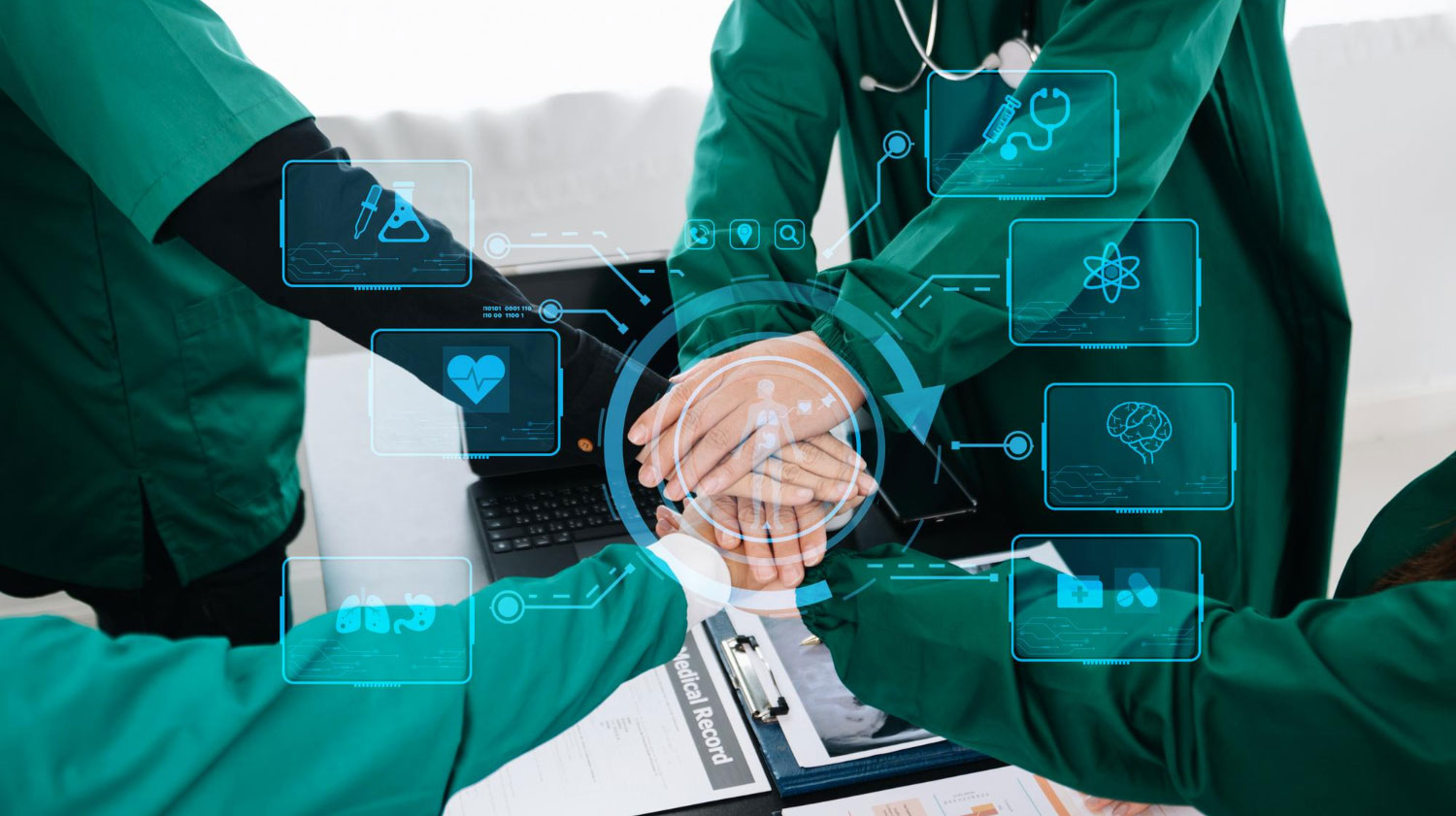
The ‘Better Together: Building a Global Health Network Economy through Data Collaboration’ white paper from the WEF explains the significant enablers for health data collaboration and required strategies for developing effective and scalable solutions in the industry.
According to this white paper, health data’s potential to improve care remains underutilized due to fragmentation, lack of standards and misaligned incentives. To maximize data value, the paper proposes collaboration among industry stakeholders by focusing on interoperability across different health systems, secure data exchange and clear frameworks and policies for data rights and ethical use. Additionally, it explains the Activator Network which is a part of the WEF’s Digital Healthcare Transformation (DHT) Initiative. The Activator Network is an approach which aims to improve healthcare outcomes globally by increasing collaboration and health data sharing. This approach involves creating multisectoral coalitions at regional, national or subnational levels and each coalition will focus on particular healthcare issues and digital transformation opportunities unique to the geography and population. This model is mainly designed for aligning stakeholders to establish sustainable collaborative business models and high-impact data spaces.
Source: https://reports.weforum.org/docs/WEF_Better_Together_2025.pdf
5. The HHS released a guidance on cybersecurity for telehealth platforms, recommending different strategies to protect patient information.

The Department of Health and Human Services Health Sector Cybersecurity Coordination Center issues a new guidance explaining the security risks in telehealth and best practices for preventing these risks.
According to this guidance, telehealth systems encounter various cyber threats including data breaches, SQL injection attacks, cross-site scripting (XSS) attacks, session hijackings, ransomware, phishing attacks, distributed denial of service (DDoS) attacks and insider threats. These issues can lead to serious consequences like patient identity and health data theft, disruption in patient care and telehealth sessions, financial loss and reputational damage for healthcare providers. To avoid these cybersecurity risks and create a secure telehealth environment, the HHS guidance suggests several measures. According to the paper, telehealth platforms should adopt a Zero Trust architecture, which verifies every access, and encryption of all data in transit and at rest. Moreover, the implementation of multi-factor authentication (MFA), which requires additional proof of identity beyond just a password before accessing telehealth services, and regular software updates are essential to mitigate cyber threats. The guidance also recommends training all telehealth providers and users on cybersecurity measures while adhering to legal and regulatory requirements like HIPAA. Another suggestion is conducting telehealth sessions only in safe spaces with private WiFi and no public entry and limiting the number of people joining the session. The HHS guidance mainly underlines that innovation must integrate with proactive privacy and security practices to maintain high-quality patient care.
6. The U.S. Department of Health and Human Services (HHS) published ‘Strategic Plan for the Use of Artificial Intelligence in Health, Human Services, and Public Health,’ promoting digital innovation.
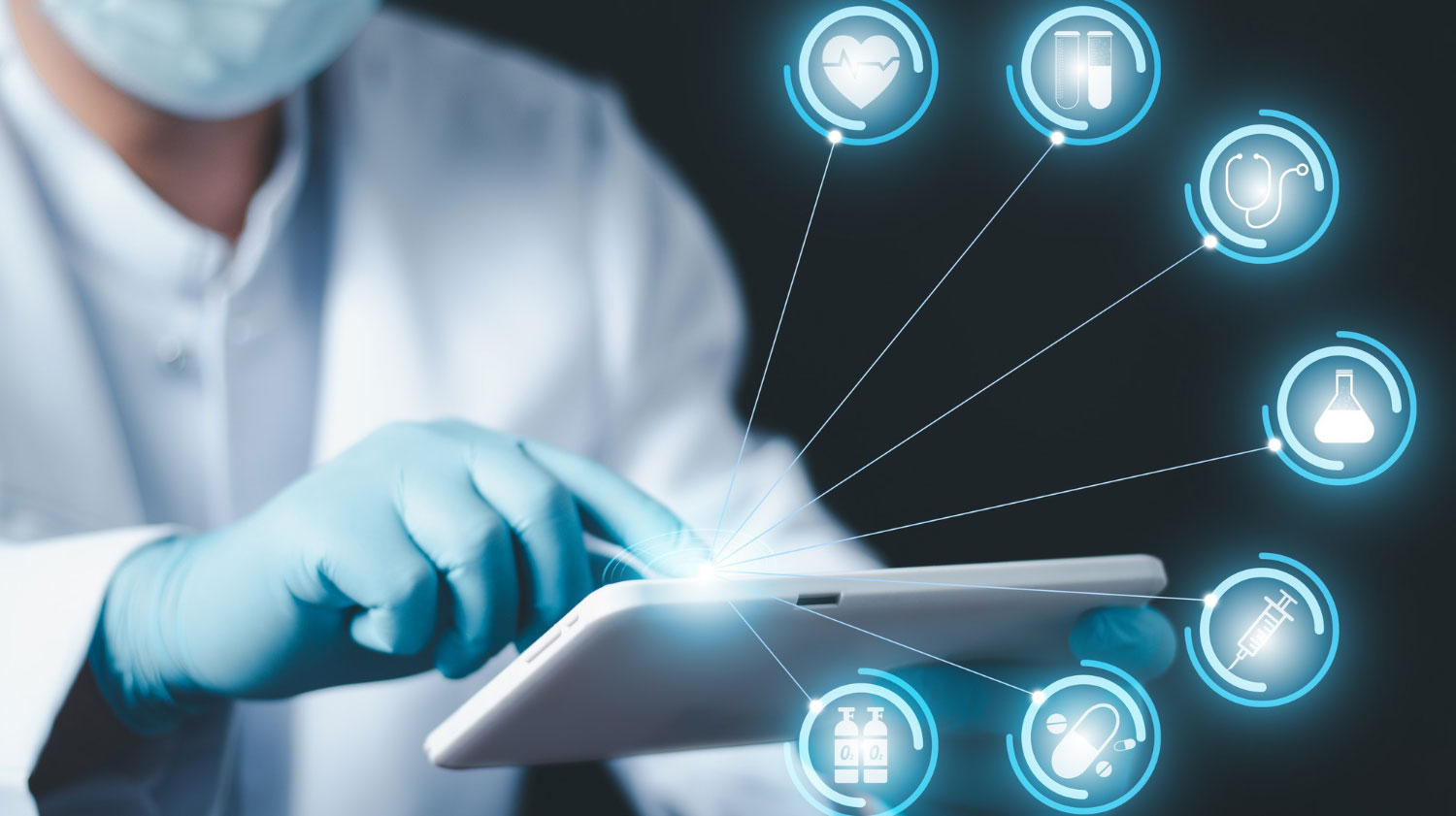
The Strategic Artificial Intelligence (AI) Plan from the HHS offers a framework and roadmap for the responsible usage of AI in the industry. This plan focuses on four key goals: Increasing AI innovation and adoption to improve people’s lives with new ways, encouraging ethical and reliable AI use to avoid potential harm, democratizing AI technologies and resources to promote access and developing AI-empowered workforces and organization cultures to use AI effectively.
This plan explains the opportunities of AI in healthcare, trends in the industry and across the HHS and action plans related to policy, education, funding and infrastructure efforts. According to the plan, AI can shorten development timelines and reduce costs, improve safety, accuracy and performance of medical products, accelerate diagnoses, enhance equity and active participation of people with limited English or disabilities and create global infrastructure predicting future disease outbreaks and public health threats. By focusing on medical research, medical product development, healthcare delivery, human services delivery and public health, the HHS recommends modernizing healthcare infrastructure to implement AI, public-private partnerships to increase AI adoption, collecting evidence on AI interventions’ outcomes, setting clear standards for safe AI use, arranging regulatory frameworks addressing adaptive AI technologies, developing customizable and open-source AI tools and providing professionals with training, resources and research for AI literacy and expertise. In conclusion, the HHS embraces a more proactive and coordinated approach for ethical and equitable AI use.
Source: https://www.healthit.gov/sites/default/files/2025-01/2025%20HHS%20AI%20Strategic%20Plan_Full_508.pdf
7. The KLAS Research released an impact report, ‘EHR Implementations 2025,’ focusing on the challenges in EHR implementations and strategic priorities for successful implementations.
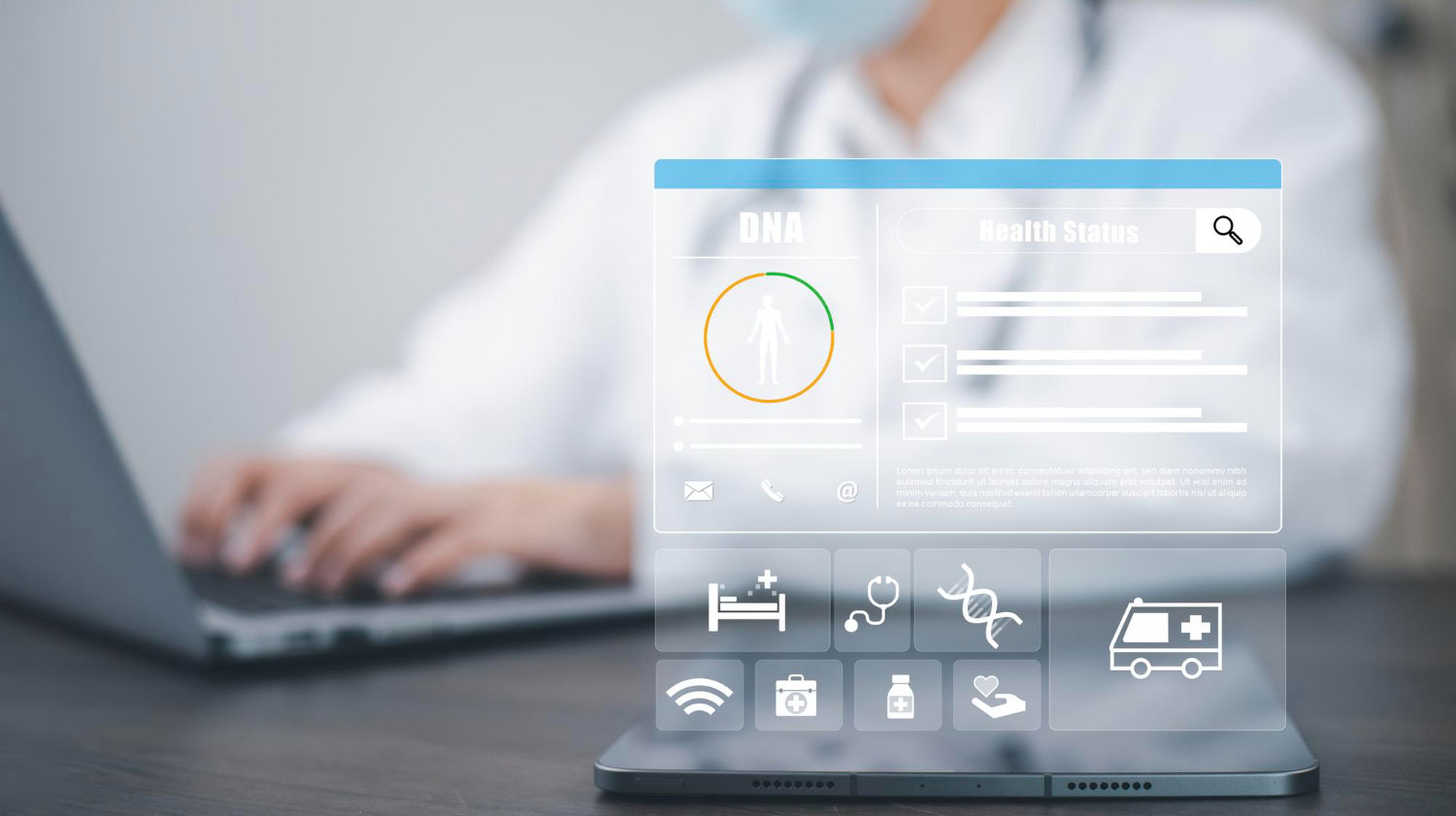
According to the ‘EHR Implementations 2025’ report from the KLAS Research, satisfaction with electronic health record (EHR) implementations has significantly declined since 2022. The drop is based on inadequate change management and training, rigid timeline, insufficient vendor communication and capability, inaccurate sales expectations, missing integration, system bugs, insufficient provider staffing and prolonged data transfer.
This report recommends four strategic steps to ensure effective EHR implementations; firstly, there must be a regular and transparent communication channel among healthcare organizations, EHR vendors and implementation partners. Secondly, change management, which includes mindset shifts, workflow optimization and staff buy-in, must be addressed early in the implementation process. Thirdly, healthcare organizations should use governance as a strategic and operational framework to make decision-making and communication consistent. Lastly, workflow-specific training must be offered to providers and nurses for the improvement of entire patient journey. In short, this report highlights that successful EHR implementations require a focus on the human elements such as collaboration, change management and effective training and organizations can achieve better outcomes by prioritizing these aspects and maintaining strong stakeholder alignment.
Source: https://klasresearch.com/archcollaborative/report/ehr-implementations-2025/628
8. The U.S. Food and Drug Administration (FDA) launched its IT Operating Plan which aims to improve public health outcomes through enhanced IT infrastructure along with the efficient use of data and AI.

The FDA’s new IT Operating Plan encompasses the organization’s strategic goals and initiatives to strengthen information technology capabilities. This plan identifies 6 key goals, associated objectives and 13 strategic initiatives.
The goals mentioned on the plan are creating a unified OneFDA ecosystem which aims to enhance communication and collaboration, reinforcing IT infrastructure with scalable and secure systems, modernizing enterprise services, optimizing data sharing, utilizing emerging technologies like AI and increasing skills. To achieve these goals, the FDA will create stronger partnerships and exchange knowledge with internal and external stakeholders while inactivating outdated systems and devices to stabilize IT services and reduce costs. Additionally, the organization will transit to cloud-based platforms, adopt a Zero Trust security approach, upgrade IT systems with new technologies, promote data collection and sharing, develop AI guidelines, experiment with current and new technologies and retain skilled IT professionals. Through this comprehensive plan which will be implemented until 2027, the FDA will leverage the power of data and digitalization to drive operational excellence and improved public health outcomes.
Source: https://www.fda.gov/media/185225/download?attachment
9. The Department of Health and Social Care (DHSC) plans to create a shared digital platform to ease the sharing of medical data between the NHS and care staff.

The UK government announced its intention to establish a digital platform offering up-to-date medical information to be shared between the NHS and care staff. This shared platform is part of broader changes to improve adult social care, including the efficient use of technology for helping older people live independently in their houses.
Although few details of the platform have been provided, the DHSC emphasizes that it will enable smoother sharing of health information such as when patients last took their medications. Health and care staff will access real-time social care and hospital data via this platform, increasing care coordination and quality. Additionally, the platform will prevent individuals receiving care from repeating the same information about their needs multiple times. Also, care workers will no longer need to wait in general practitioner (GP) phone queues to access information about patients. According to the announcement, this shared digital platform will accelerate care delivery in hospitals and at home while helping doctors determine the best treatment plans for their patients. By the end of the Parliament, the government aims to make all care providers fully digitized, guaranteeing timely access to critical medical information.
Source: https://www.gov.uk/government/news/new-reforms-and-independent-commission-to-transform-social-care
10. McKinsey & Company published an article, ‘What to Expect in US Healthcare in 2025 and Beyond,’ emphasizing that industry economics are gravitating toward healthcare software, data and analytics.

According to the ‘What to Expect in US Healthcare in 2025 and Beyond’ article, healthcare services and technology (HST) like software platforms, advanced analytics and innovative digital tools will be the key focus areas of the US healthcare industry in the coming years.
This article expresses that HST revenue pools are projected to grow at an 8% compound annual growth rate (CAGR) from 2023 to 2028. This expectation is derived from the double-digit growth in software platforms and advanced data and analytics through sales of various technologies to providers and payers. Additionally, it states that over 70% of healthcare organizations are testing or implementing GenAI solutions, increasing the demand for HST to automate and streamline manual processes. By automating workflows, improving data connectivity and interoperability and creating actionable insights, technological developments like GenAI and machine learning are opening the door to a transformative ecosystem for all stakeholders in the industry. The article also states that software platforms and data and analytics players are expected to drive an estimated earnings before interest, taxes, depreciation and amortization (EBITDA) by 14-20% CAGR between 2023 and 2028. Overall, the article emphasizes that investments in new technologies and data-driven approaches have a strategic importance for financial sustainability and better patient outcomes.
11. The Boston Consulting Group (BCG) published a comprehensive report, ‘How Digital and AI Will Reshape Health Care in 2025,’ to define several transformative trends based on digital and AI solutions in healthcare.
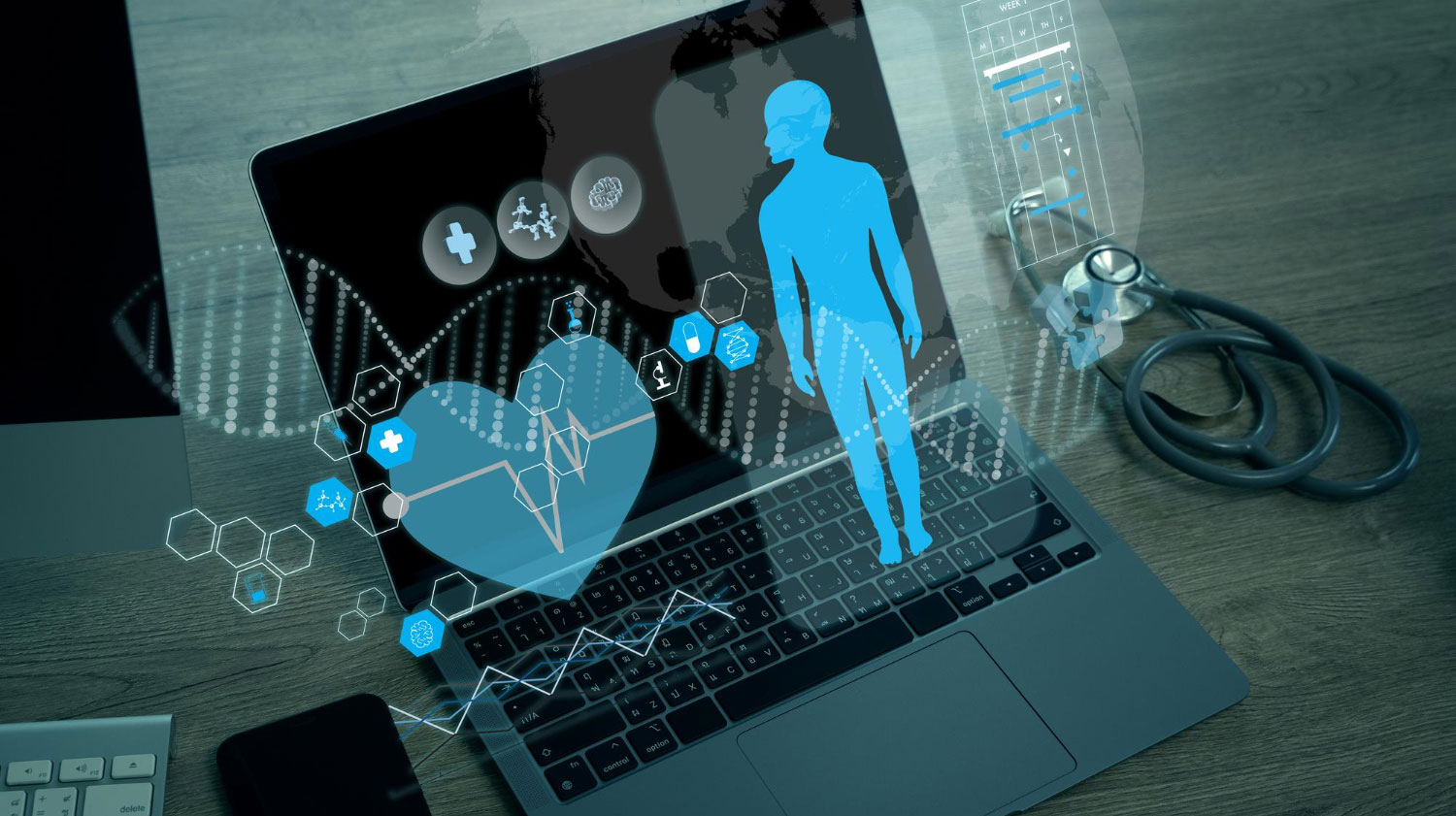
The BCG’s ‘How Digital and AI Will Reshape Health Care in 2025’ report includes the expectations of global experts from the BCG and BCG X, the tech build and design unit of the BCG, about the impact of AI and digital innovations on the healthcare industry by 2025.
This report outlines major digital transformation trends expected in healthcare by focusing on patient support, provider empowerment and emergence of ecosystems. According to the report, AI-powered platforms, wearable technologies and digital triaging tools will allow patients to manage their health journey actively, closing care gaps in underserved areas. Additionally, smart implants will uncover proactive and tailored care with continuous, real-time monitoring and treatment, while generative AI (GenAI) will ensure higher standards of quality control in the manufacturing of pharmaceuticals and medical devices and reduce physicians’ time spent for paperwork and administrative tasks by automating the creation and updating of medical records. The report also emphasizes that remote diagnostics and consumer health devices will simplify patient-provider interactions along with the rise in the use of AI chatbots for health questions, reducing the burden on healthcare professionals and improving preventive care. Furthermore, machine learning-driven solutions will help clinicians make faster and more accurate decisions in various areas such as oncology, radiology, pathology and cardiology. As the report underscores the critical role of digital technologies in the industry, more health organizations will embrace digitalization for personalized, accessible and efficient solutions.

These new reports and strategic plans indicate the growing excitement around digital health technologies and their potential to transform how medical services are delivered. Our extensive domain expertise and innovative products have positioned us well to contribute to this transformative shift in the industry.
As the draft report from the WHO, ‘Advancing the Responsible Use of Digital Technologies in Global Health,’ states that the adoption pace of digital tools in healthcare is slower than in other sectors due to lack of interoperability and limited user-centeredness, our technologies are designed to address these deployment challenges. Our Healthcare Interoperability products specifically focus on achieving seamless integration across different healthcare providers along with real-time data exchange. For example, our Health Information Exchange (HIE) Viewer, one of the Healthcare Interoperability products, allows healthcare professionals access EHRs from different health systems through a single platform. In addition to interoperability, each product we developed is based on a patient-centered approach, guaranteeing everyone has equal access to healthcare services.
For increasing the adoption of digitalization in healthcare, effective data sharing is also crucial as the UK government’s plan of establishing a digital platform for up-to-date medical data sharing consolidates. By embracing the same perspective with the government, we develop Personal Health Record (PHR) which allows patients to access their medical history like laboratory results, radiological images, prescriptions and more to give them control over their health data. Via the PHR, patients can share their health records with their relatives and physicians, contributing to personalizing diagnosis and treatment processes.
When the HHS’ new strategic plan on AI in healthcare is examined, it is understood that integrating AI into healthcare services is among the hot sectoral topics. As the plan underscores the opportunities created by AI, our AI-powered products come to the forefront; by using specific AI models, our Predis detects irregularities and future risks about healthcare delivery and drug movements such as the overprescribing of a pharmaceutical in an area, supporting health authorities and managers in decision-making processes and resource management. On the other hand, our ShareMind enables researchers to securely analyze health data by using machine learning models without directly accessing sensitive data while our Mobithera provides personalized physiotherapy and ergotherapy exercise plans to make treatment processes more flexible, accessible and effective by utilizing AI-driven analysis and real-time feedback.
Our digital technologies prove their value in solving the main challenges in the healthcare industry. Our comprehensive solutions involve Healthcare Interoperability, Patient Engagement, Prescription & Medicine Management, Drug Traceability, AI & Analytics, Population Health Management, Personalized Healthcare and Hospital Information System.
By continuing to keep up with the latest developments in the industry and prioritizing our R&D efforts, we maintain our leading position in the digital transformation of healthcare while driving continuous innovation in this field.
Let’s shape the future together by empowering healthcare providers, professionals and patients with life-saving technologies, as always!
